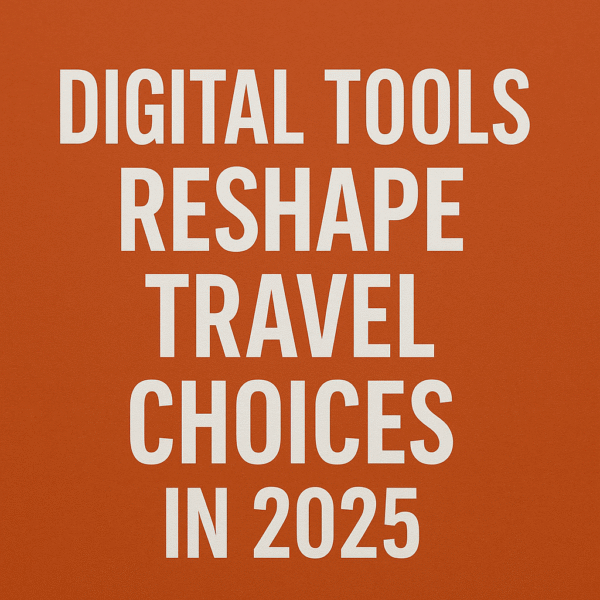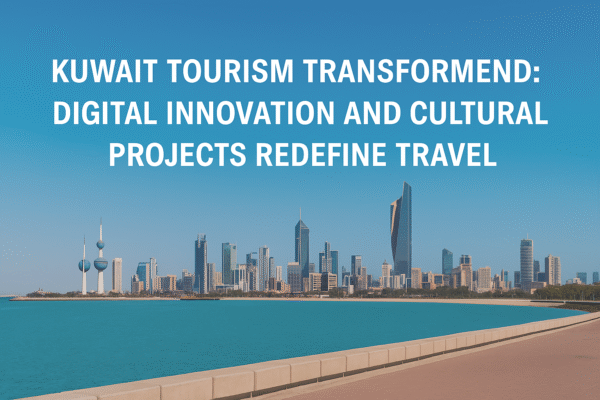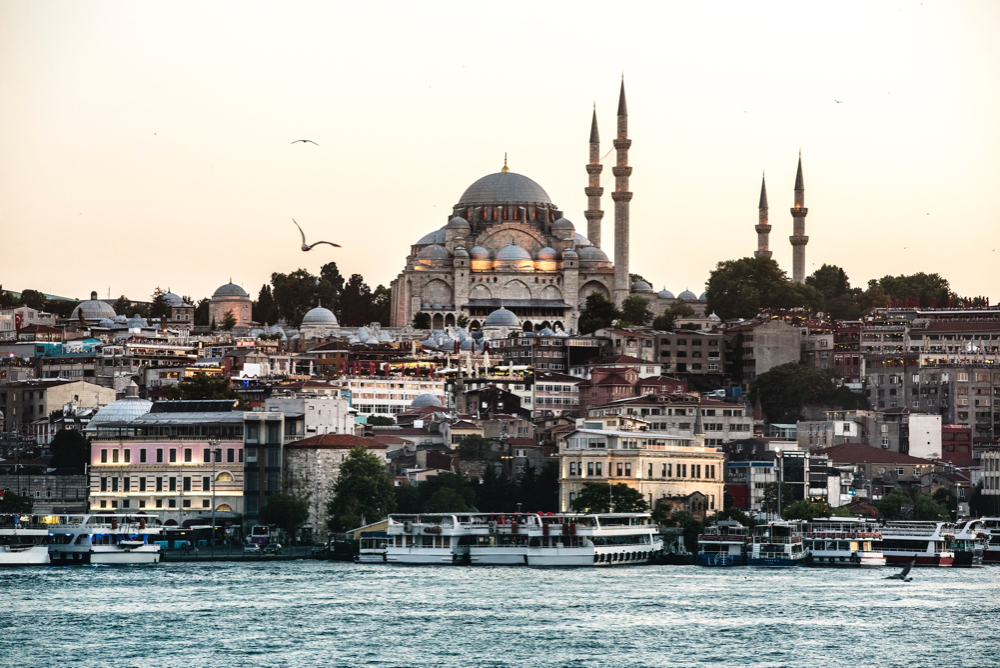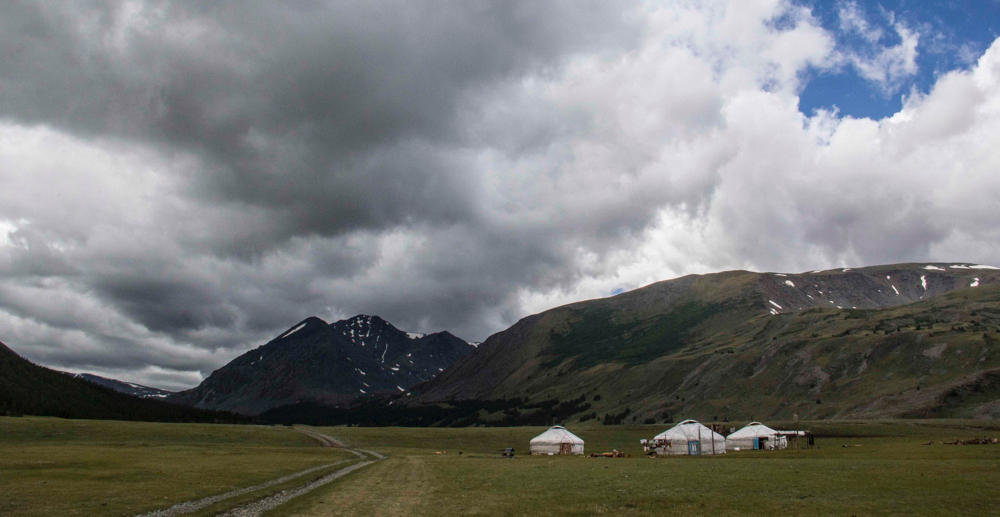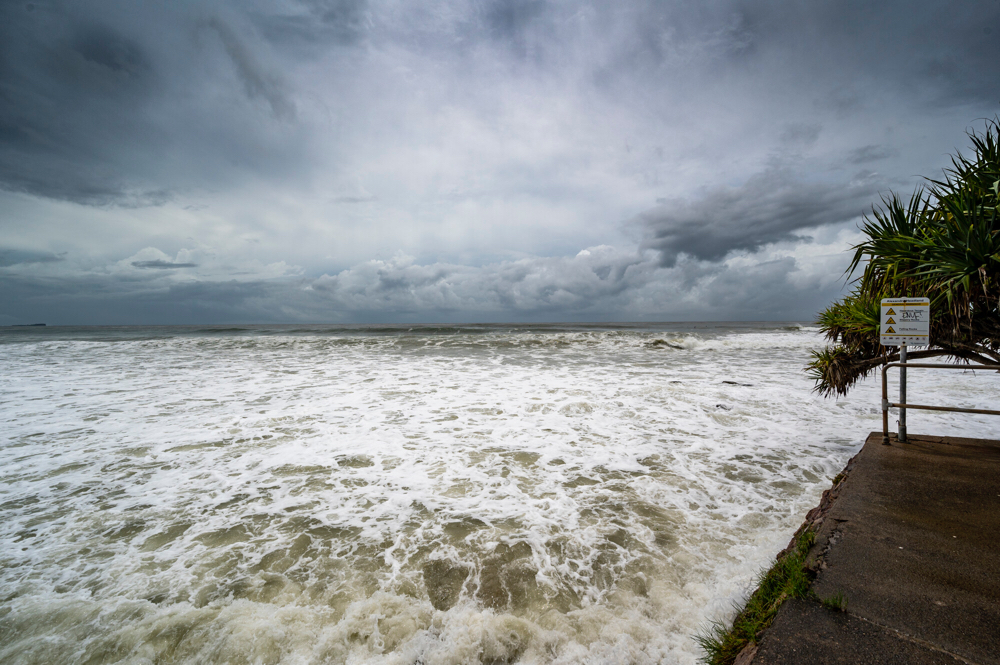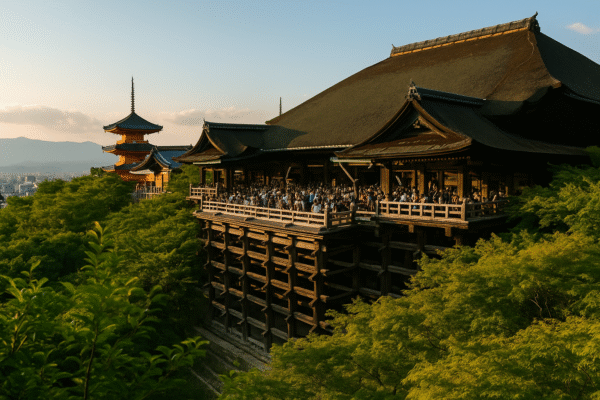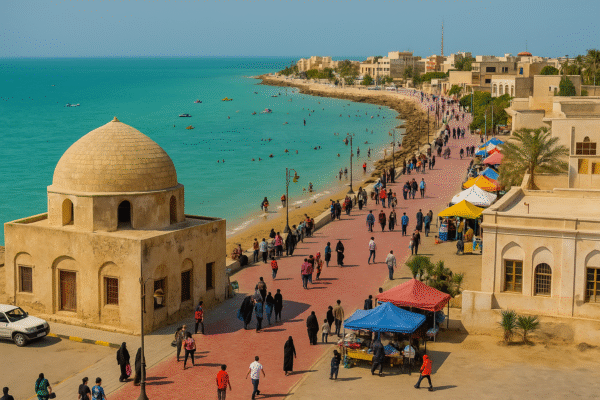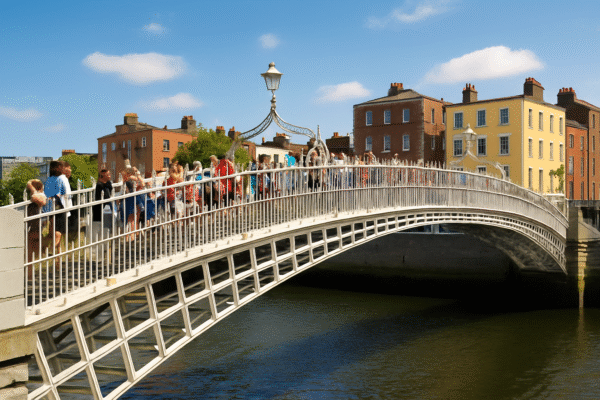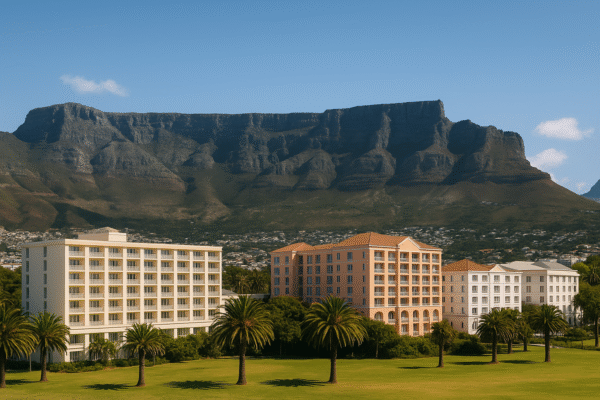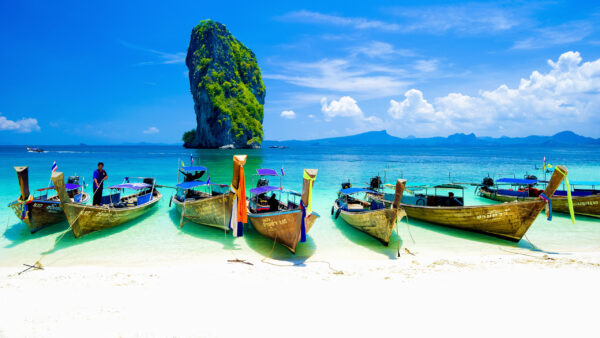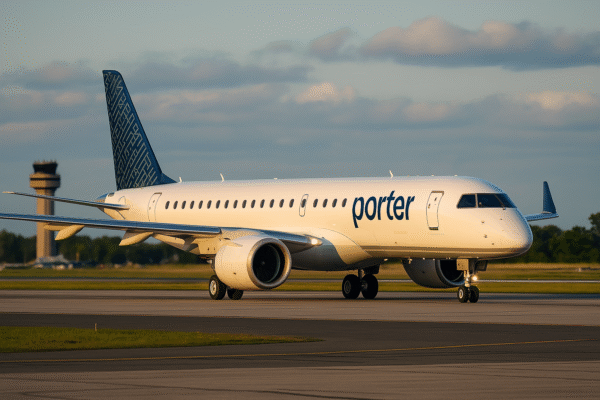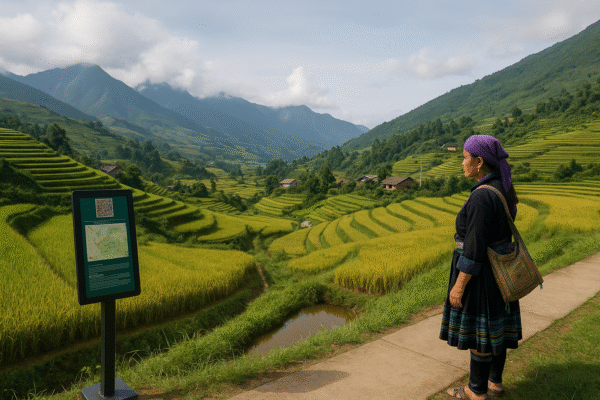Lao Cai Province, located in Vietnam’s mountainous northwest, is rapidly becoming a pioneering model of sustainable and digital tourism in Southeast Asia. Once known primarily for its breathtaking terraced fields and ethnic diversity, the region is now taking bold strides in blending environmental stewardship with cutting-edge technology. This dual focus is designed to modernize tourism infrastructure, enhance the visitor experience, and protect the province’s cultural and natural assets—securing its future as a global eco-tourism hotspot.
Situated along the Chinese border, Lao Cai is home to iconic destinations such as Sa Pa, Y Ty, and Bac Ha, all of which are undergoing remarkable transformations. Local authorities are adopting Vietnam’s national tourism strategy for sustainable development and aligning with global goals such as the UN Sustainable Development Goals (SDGs). These efforts aim to make Lao Cai a flagship for smart tourism in the region.
Green Tourism Anchors Lao Cai’s Sustainability Vision
From the scenic rice terraces of Sa Pa to the misty peaks of Hoang Lien Son Mountain Range, Lao Cai’s natural environment is its greatest asset—and officials are determined to preserve it. The provincial government has implemented a variety of green tourism policies, promoting low-impact travel, community-based ecotourism, and nature conservation.
Initiatives include:
- Promoting homestays operated by ethnic minority communities, which offer authentic cultural experiences and local cuisine.
- Reducing single-use plastics at tourist sites.
- Encouraging local businesses to adopt environmentally friendly practices, including renewable energy use and waste sorting.
One shining example is the village of Ta Van, where local families host tourists in traditional wooden homes while teaching them about Hmong and Dao customs. Such grassroots tourism not only protects cultural heritage but also provides steady income to remote communities.
Digital Transformation Boosts Accessibility and Visibility
Parallel to its green ambitions, Lao Cai is actively investing in digital transformation to enhance tourism services and broaden its international reach. In partnership with Vietnam’s Ministry of Culture, Sports and Tourism, the province is rolling out:
- Online booking and payment systems.
- QR code integration for smart navigation at tourist attractions.
- Virtual tours and drone-based promotional videos.
- Local guide training in digital marketing and smartphone photography.
In places like Y Ty Commune, young locals are now uploading real-time photos of their dramatic landscapes and vibrant cultural events on platforms such as TikTok and Facebook, reaching travelers from as far as Europe and North America. This grassroots digital effort is increasing global awareness of remote areas often overlooked by traditional marketing campaigns.
Additionally, Lao Cai is one of the few provinces in Vietnam to actively promote digital literacy among ethnic minority communities, ensuring they can participate in and benefit from the tourism economy.
Soaring Visitor Numbers Amid New Infrastructure Plans
Tourism is already a major economic driver in Lao Cai. In the first half of 2025, the province welcomed over 7.3 million visitors, with tourism revenues exceeding 21 trillion VND (approx. $820 million). Sa Pa alone remains a powerhouse, attracting millions thanks to its cool climate, mountaintop resorts, and famous Fansipan cable car.
To support this growth, provincial authorities are planning substantial infrastructure upgrades, including:
- Improving the Nghia Lo–Mu Cang Chai–Sa Pa highway corridor to enhance inter-provincial connectivity.
- Expanding accommodations with more eco-resorts and luxury hotels.
- Upgrading transport services, including sustainable public transit options for tourists.
Despite these gains, challenges remain. Many rural areas still suffer from limited accessibility, untrained tourism staff, and inconsistent waste management systems. According to Lao Cai’s Department of Culture, Sports and Tourism, over 50% of tourism workers lack formal training, posing a risk to service quality.
Sa Pa Aims to Become a Global Eco-Resort Hub by 2030
Lao Cai’s crown jewel, Sa Pa, has ambitious plans to become an international eco-resort city by 2030. The target includes welcoming 15 million visitors annually, generating 71 trillion VND in revenue, and creating 65,000 new tourism-related jobs.
To achieve this, Lao Cai is working closely with domestic investors and international partners to:
- Develop high-end ecological tourism zones.
- Establish public-private partnerships for environmental conservation.
- Upgrade digital platforms for destination management and visitor feedback.
A Model for Vietnam’s Tourism Future
As climate change, over-tourism, and cultural dilution increasingly impact popular travel destinations across Asia, Lao Cai is positioning itself at the forefront of responsible tourism in Vietnam. Its unique fusion of green policies and digital tools serves as a blueprint for other regions seeking a sustainable tourism future.
With coordinated government efforts, community participation, and technological innovation, Lao Cai is not just keeping pace with global tourism trends—it’s setting them. Whether trekking through the ethereal mist of Sa Pa or discovering the quiet charm of an ethnic homestay in Y Ty, travelers to Lao Cai are experiencing a destination that’s embracing the future without forgetting its past.
For more travel news like this, keep reading Global Travel Wire

